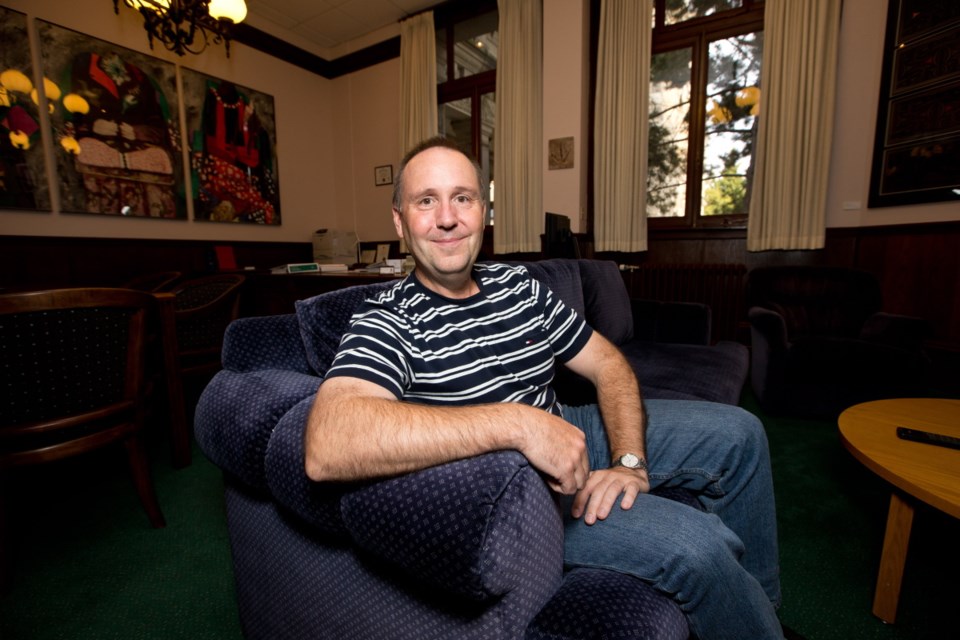B.C. is moving to an annual program that tests the safety of school drinking water, but it still falls short of a more aggressive law in place in Ontario.
Education Minister Mike Bernier said he is instructing his ministry to annually remind school districts to test drinking water for lead, and the ministry will take the lead in compiling the results and monitoring whether the districts are properly mitigating any risks for students.
The change comes after the ministry suggested this year that school districts test their water. Some districts had no testing program in place, and the results in so far show more than one quarter of districts have found lead in drinking water above the safe limit in at least one school water source.
“Obviously, the reminder letter we sent out kind of worked, but I think we need to take it a step further,” Bernier said.
The minister said he has directed deputy minister Dave Byng to send out annual letters to the districts “reminding them of their responsibility” to test. “They must report back, and have to work with their local health authorities,” Bernier said.
The annual system could address some of the confusion within the ministry, school districts and health authorities about the frequency of water testing and why no one has compiled a provincewide list of at-risk schools and water quality results.
But it still falls short of Ontario’s program, where under law there’s mandatory water testing, public reporting and daily flushing requirements for older schools.
The Ontario government announced in 2007, after lead was found in drinking water in London, Ont., that schools and daycares must test their water at least twice a year — one standing water sample and one flushed sample between May and October.
The mandatory testing regime has led to “a considerable drop in the number of reported ‘exceedances,’ ” the Ontario government said in a statement to the Vancouver Sun, from a high of 214 in 2010 to 112 in 2015, from among 6,859 schools and daycares.
School boards in Ontario pay for their tests, but the province compiles the results and reports them publicly.
In B.C., districts will have to find the money within their budgets to conduct more frequent testing as well. B.C. school districts can have a sample of water tested for $25.50 at CARO Analytical Services in Richmond, with a five-day turnaround for results.
“With some of our school districts, we’ve been tailoring sampling programs and getting them all the supplies they need,” said Patrick Novak, CARO’s vice-president. “It’s not a lot of money.”
It would cost a total of $80,478 annually to test one water source in each of B.C.’s 1,578 public schools. The amount is a small fraction of the almost $5.6 billion spent annually on education in the province.
Testing water for lead is a relatively simple process. About half a cup of water is collected in a plastic testing bottle that contains a small bit of preservative. The water is taken to a lab, where it is processed and tested.
NDP critic Rob Fleming, the MLA for Victoria-Swan Lake, said the ministry needs to monitor the water-test results, check if they are rising, isolate any concerns, identify the risks and provide funding to fix pipes and buildings.
“Drinking fountains, in particular, should not be potentially poisoning people or exposing them to lead poisoning,” he said. “The testing should inform the strategy.”
Lead in drinking water has been a hot topic throughout North America since last year’s high-profile concerns about water safety in Flint, Michigan, where the change to a more acidic water source caused people to become ill after lead began leaching from old pipes.
B.C. largely relies on a system of “flushing” pipes with high lead levels, by having staff run the water for several minutes either daily or weekly to reduce the lead content.



